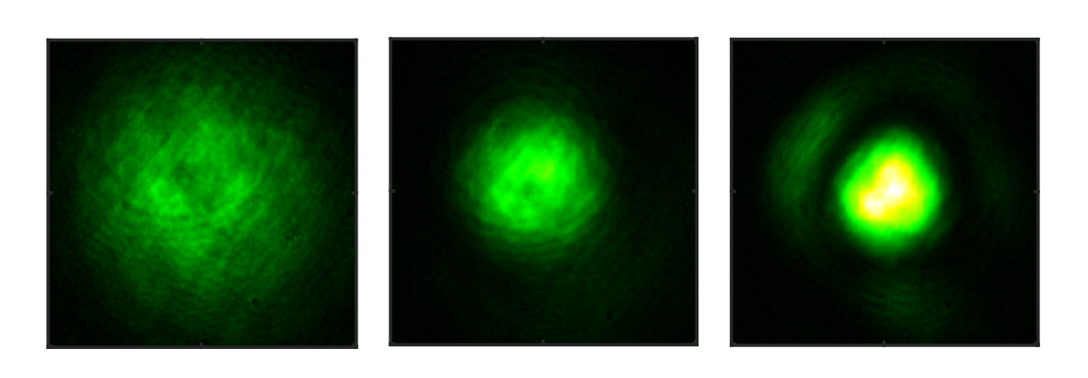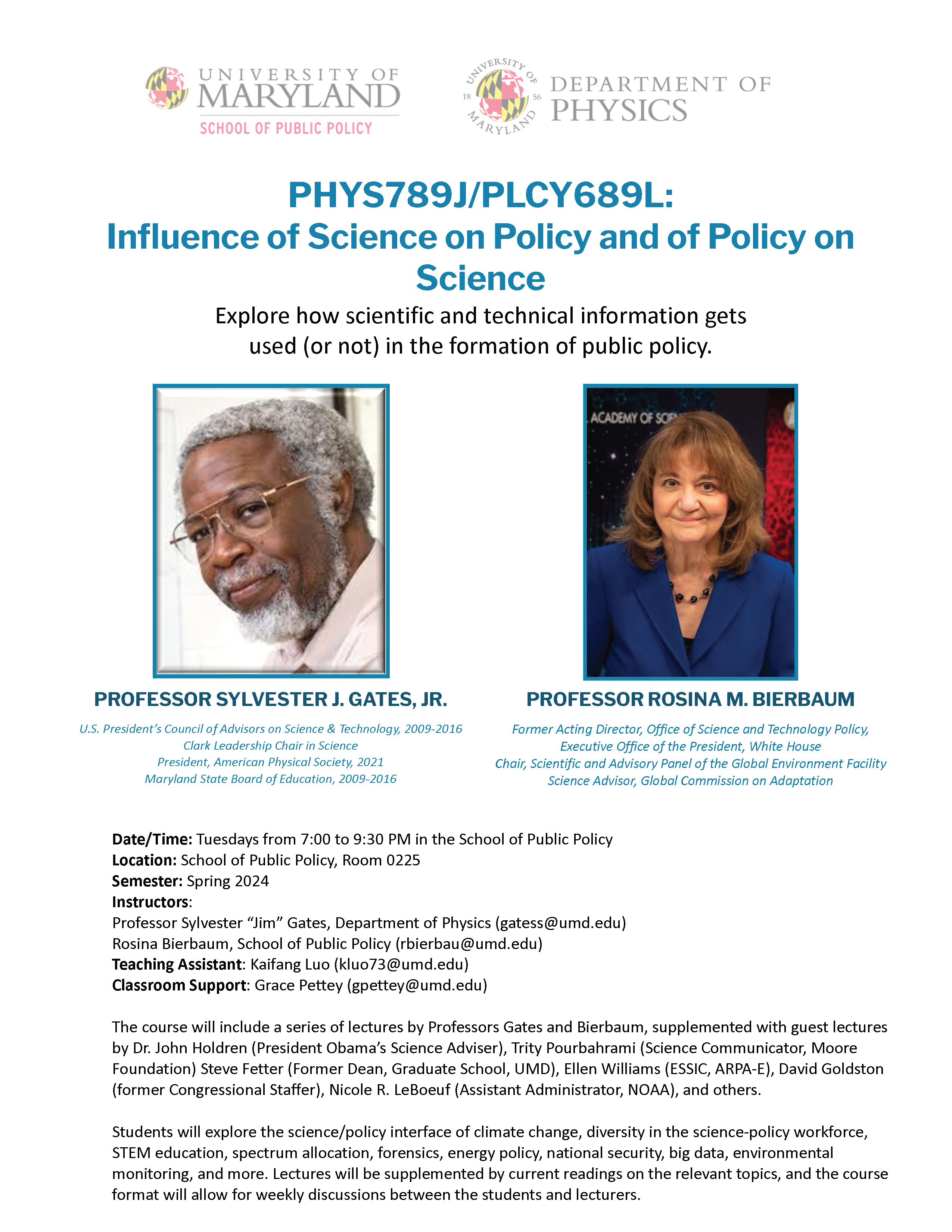Two recent physics graduates are among 18 current students and recent alums of the University of Maryland’s College of Computer, Mathematical, and Natural Sciences (CMNS) to receive prestigious National Science Foundation (NSF) Graduate Research Fellowships, which recognize outstanding graduate students in science, technology, engineering, and mathematics.
Ariana Bussio and Eliot Kienzle both graduated in 2022. Bussio is continuing her research at UMD, and Kienzle is pursuing a doctorate at the University of California, Berkeley.
Across the university, 34 current students and recent alums were among the 2023 fellowship winners announced by the NSF. The college’s 18 awardees include seven current graduate students, three current undergraduates and eight recent alums.
CMNS alum fellowship recipients:
- Ariana Bussio (B.S. ’22, physics)
- Elliot Kienzle (B.S. ’22, physics; B.S. ’22, mathematics)
- Jenan El-Hifnawi (B.S. ’22, biological sciences)
- Tyler Han (B.S. ’22, computer science; B.S. ’22, aerospace engineering)
- Mikhail Khrenov (B.S. ’22, computer science; B.S. ’22, mechanical engineering)
- David Polefrone (B.S. ’21, chemistry; B.S. ’21, economics)
- Joshua Steighner (B.S. ’21, biological sciences; B.A. ’21, criminology and criminal justice)
- Emma Thrift (B.S. ’19, biological sciences)
CMNS graduate student fellowship recipients:
- Amanda Broadmeadow, astronomy graduate student
- Tobias Janssen, computer science graduate student
- Lindsey Markowitz, biological sciences graduate student
- Jon Nelson, computer science graduate student
- Perrin Ruth, applied mathematics & statistics, and scientific computation graduate student
- Nicholas Silverson, marine, estuarine, environmental sciences graduate student
- Kathrine Udell, geology graduate student
CMNS undergraduate student fellowship recipients:
- Harrison Lee, biological sciences major
- Rayshaun Pettit, biological sciences major
- Emma Yockman, biological sciences major
NSF fellows receive three years of support, including a $37,000 annual stipend, a $12,000 cost-of-education allowance for tuition and fees, and access to opportunities for professional development.
The NSF Graduate Research Fellowship Program helps ensure the vitality of the human resource base of science and engineering in the United States and reinforces its diversity. The program recognizes and supports outstanding graduate students in NSF-supported science, technology, engineering, and mathematics disciplines who are pursuing research-based master’s and doctoral degrees at accredited U.S. institutions.
Since 1952, NSF has funded more than 60,000 Graduate Research Fellowships out of more than 500,000 applicants. At least 42 fellows have gone on to become Nobel laureates and more than 450 have become members of the National Academy of Sciences.

